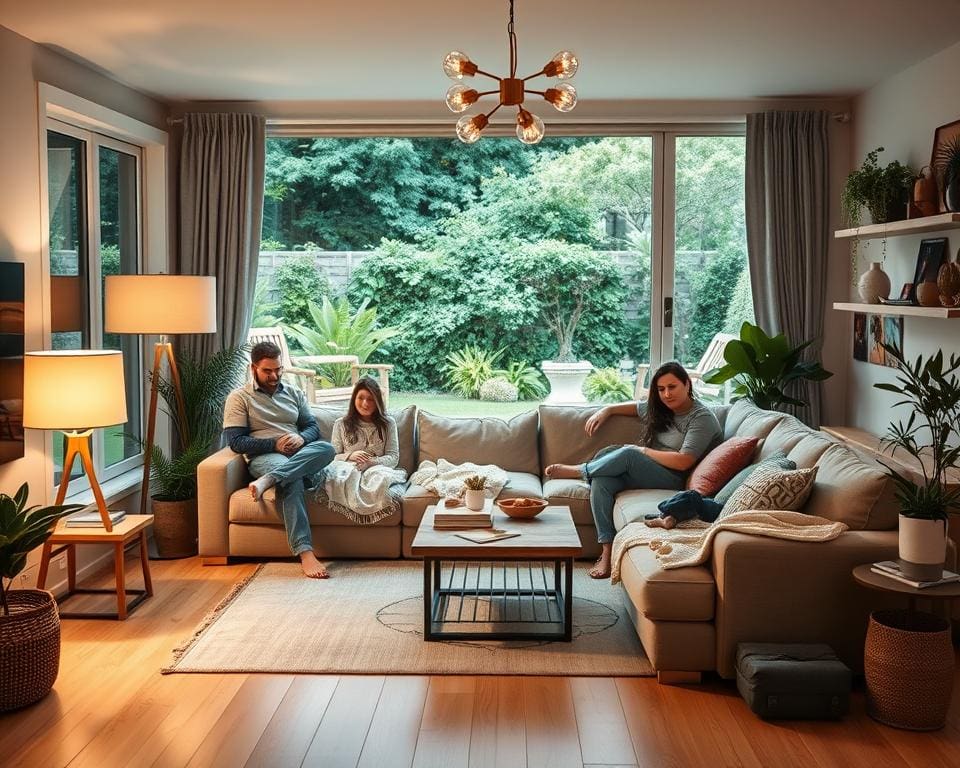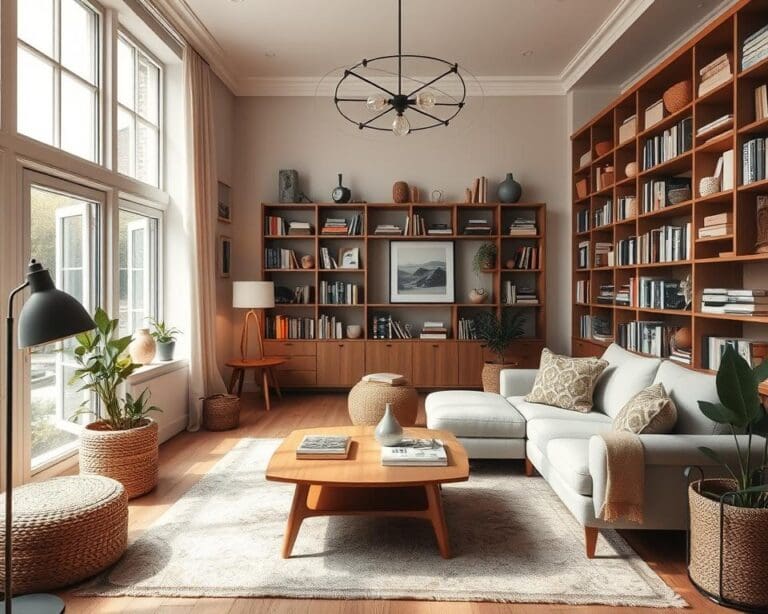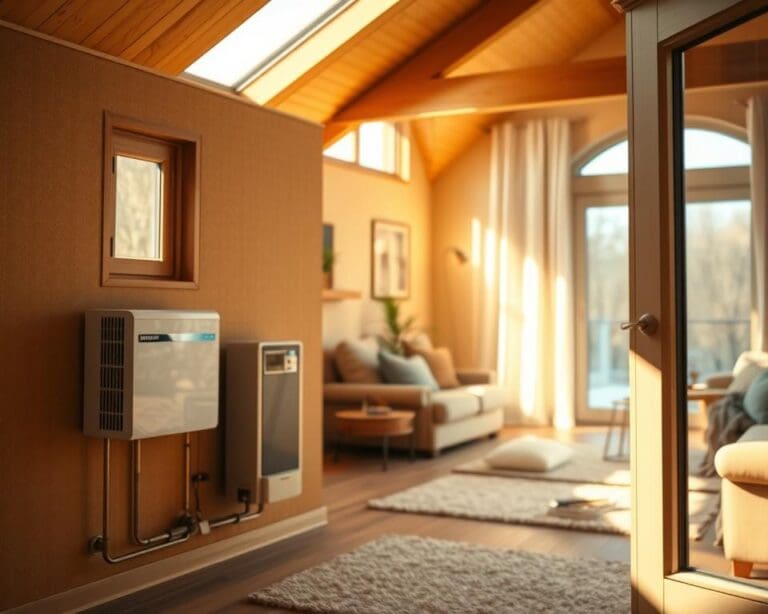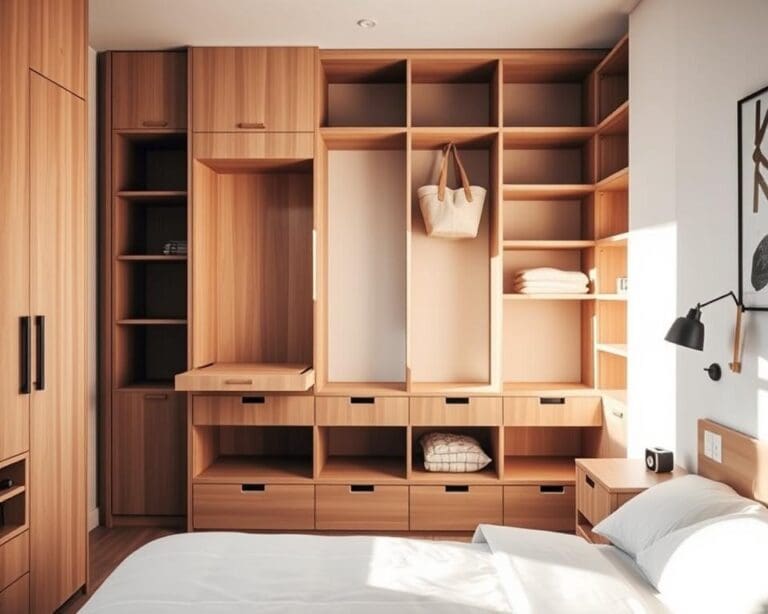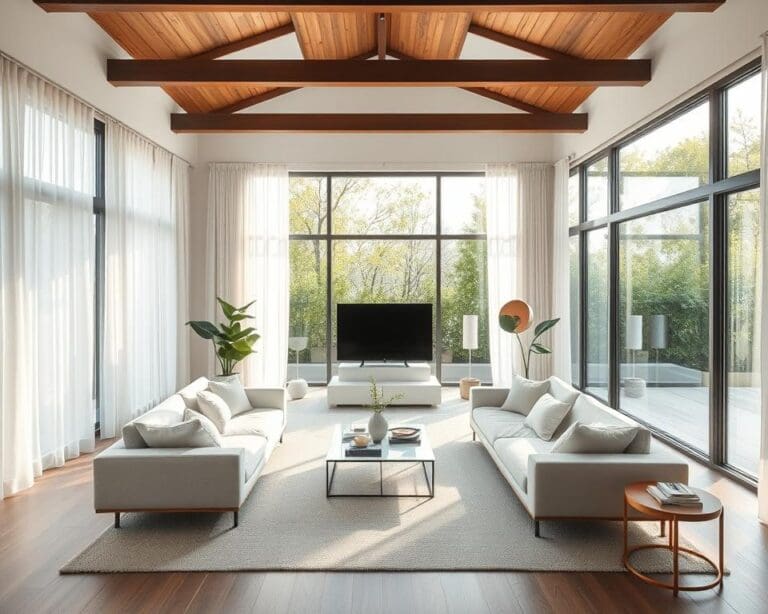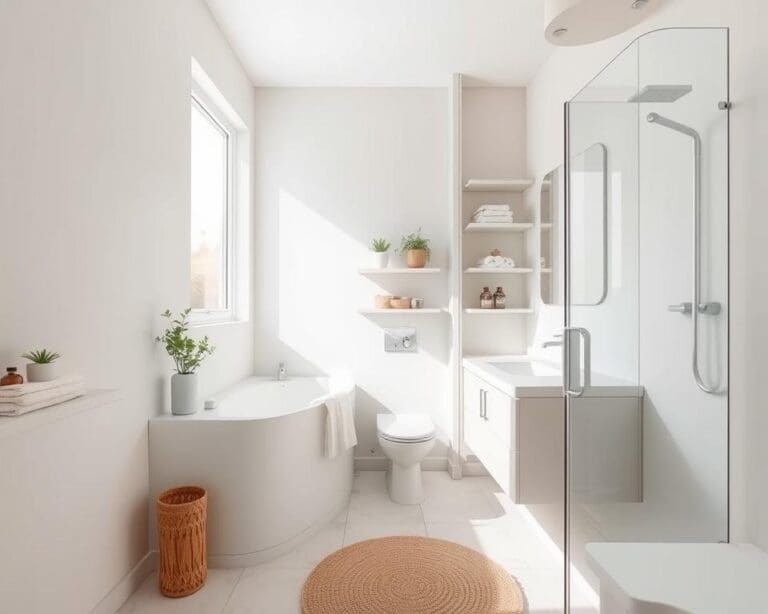Creating a family-friendly living space is more than just an organisational task; it’s about crafting a comfortable home where every family member can flourish. Incorporating thoughtful design tips into your planning, you can develop family-oriented interiors that marry functionality with style. This approach not only enhances the aesthetic appeal of your home but also ensures safety and comfort amidst the vibrant chaos of family life. Embracing these key principles will lay the groundwork for an inviting environment that seamlessly supports both everyday activities and special gatherings.
Understanding the Importance of a Family-Friendly Living Space
A family-friendly living space serves as a cornerstone for creating a nurturing environment that strengthens familial bonds. The importance of family spaces cannot be understated, as these areas are designed to promote interaction and provide a backdrop for shared experiences. Emphasising the benefits of family-friendly design, these spaces facilitate a seamless blend of functionality and comfort, thereby making daily life more enjoyable.
Kid-friendly design plays a pivotal role in ensuring that children feel safe and secure within their home. Spaces designed with children in mind eliminate hazards while fostering independence and creativity. By incorporating flexible layouts, families can easily adjust the environment to accommodate various activities, ranging from playtime to family gatherings. This adaptability enhances the overall functionality of the home.
Creating a family-friendly atmosphere significantly improves the quality of life for everyone involved. Such design not only reduces stress but actively fosters family interaction, encouraging communication and togetherness. Studies reveal that well-considered design choices positively impact family dynamics, contributing to a harmonious and supportive living environment.
Key Design Principles for Family Living
Creating a space that embodies the essence of family living requires a thoughtful approach centred around key design principles. These principles focus on establishing versatile spaces that adapt to various activities and togetherness. Selecting durable materials, such as stain-resistant fabrics and robust flooring options like laminate or vinyl, becomes essential in practical home design, ensuring longevity amidst daily adventures.
Open layouts foster social interaction, allowing family members to engage freely while simultaneously providing cozy nook areas for quieter moments. This balance is crucial in promoting a harmonious environment. Ergonomics also plays a vital role, with furniture and layouts tailored to ensure physical comfort, accommodating all ages from toddlers to grandparents.
How do you design a family-friendly living space?
Designing a family-friendly living space requires thoughtful planning and consideration of both functionality and safety. Incorporating elements that cater to active families can transform your home into a welcoming environment that meets everyone’s needs.
Incorporating Multi-Functional Furniture
Multi-functional furniture plays a pivotal role in optimising limited space while providing necessary utility. By integrating pieces that serve multiple purposes, you will create efficient layouts that maintain a neat and organised appearance. For example, a sofa bed can transform a living room into a guest space, while storage ottomans can provide seating and keep toys out of sight. Extendable dining tables offer space-saving solutions, adapting to family gatherings or daily meals. Thoughtfully chosen multi-functional furniture ensures that your family-friendly space remains both practical and stylish.
Choosing Child-Safe Materials
Safety should be at the forefront of any family-friendly design. When selecting materials, be sure to prioritise child-safe options. Look for non-toxic paints and finishes to create a healthy indoor environment. Hypoallergenic textiles minimise allergy triggers, making spaces more comfortable for sensitive individuals. Sturdy yet soft surfaces can help prevent injuries during playtime. Brands like IKEA and John Lewis provide an array of family-friendly materials that blend aesthetics with safety, creating a reassuring atmosphere for all family members.
Creating Open and Inviting Layouts
Designing a family-friendly home revolves around the concept of open layouts that encourage interaction and creativity. Such spacious design promotes a sense of freedom, providing children with ample room to play while enabling adults to move effortlessly during daily activities. Emphasising movement-friendly spaces not only enhances functionality but also fosters a vibrant home environment.
Maximising Space for Movement
A well-thought-out layout encourages physical movement and social engagement within the family. By creating open areas, families can enjoy uninterrupted play and leisure time together. Consider the following strategies to maximise space for movement:
- Utilise furniture that serves multiple purposes, allowing for flexibility in room usage.
- Implement visible pathways to guide movement and reduce clutter.
- Incorporate storage solutions that keep items tucked away when not in use.
Flow and Accessibility Considerations
Accessibility ensures that all family members can navigate through the space with ease. An ideal design includes smooth transitions between rooms, particularly in high-traffic areas like kitchens and living rooms. To achieve this:
- Create circular flow patterns that allow multiple people to move about simultaneously.
- Ensure doorways are wide enough to accommodate all forms of movement.
- Choose flooring materials that are safe and comfortable for everyone in the home.
Incorporating Personal Elements into Your Design
Designing a living space that embodies personal touches enriches the environment with emotional value. A home becomes a true reflection of the family’s identity when it showcases items that tell their story. Consider displaying family art, such as drawings created by children or photographs capturing cherished moments. These unique pieces serve not only as decor but as heartfelt mementoes that bring warmth to any room.
Custom decor is another excellent way to enhance the aesthetic while fostering a sense of belonging. Personalised items, whether crafted through DIY projects or sourced from local artisans, can transform a generic space into one filled with character. With careful selection of sentimental design elements, a home can resonate with stories and experiences, making it feel uniquely theirs.
Involving children in the design process adds an extra layer of significance. Encouraging them to contribute ideas or even have a hand in creating art pieces cultivates an inclusive atmosphere, emphasising that every family member’s voice matters. This collaborative effort not only nurtures creativity but also ensures the home reflects the shared identity of the family.
Choosing a Colour Palette that Appeals to All Ages
Creating a harmonious living space for a family involves thoughtfully selecting a colour palette that caters to all ages. By blending neutral bases with vibrant accents, you can achieve an inviting atmosphere that resonates with every family member. Soft blues and greens offer a calming backdrop, ideal for promoting relaxation, while lively yellows and oranges infuse energy and creativity into your home. These family-friendly colours can elevate the mood, ensuring that both the young and the young-at-heart feel comfortable and engaged.
Understanding colour psychology is essential when aiming for an age-appropriate palette. The colours chosen for your interiors significantly influence emotions and behaviours, creating a balanced environment conducive to both tranquillity and play. By incorporating colours that evoke happiness and enthusiasm, families can foster an atmosphere that encourages interaction and connection. This approach not only suits varied tastes within the household but also allows for a more dynamic living space.
For those seeking expert guidance, design brands like Farrow & Ball offer insightful colour consultations to help families select shades tailored to their lifestyle and preferences. Their vast array of hues ensures that every family can find their ideal colour combinations, creating vibrant interiors that resonate with all generations. Embracing the right hues allows your home to reflect the spirit of your family while providing a backdrop for unforgettable memories.

